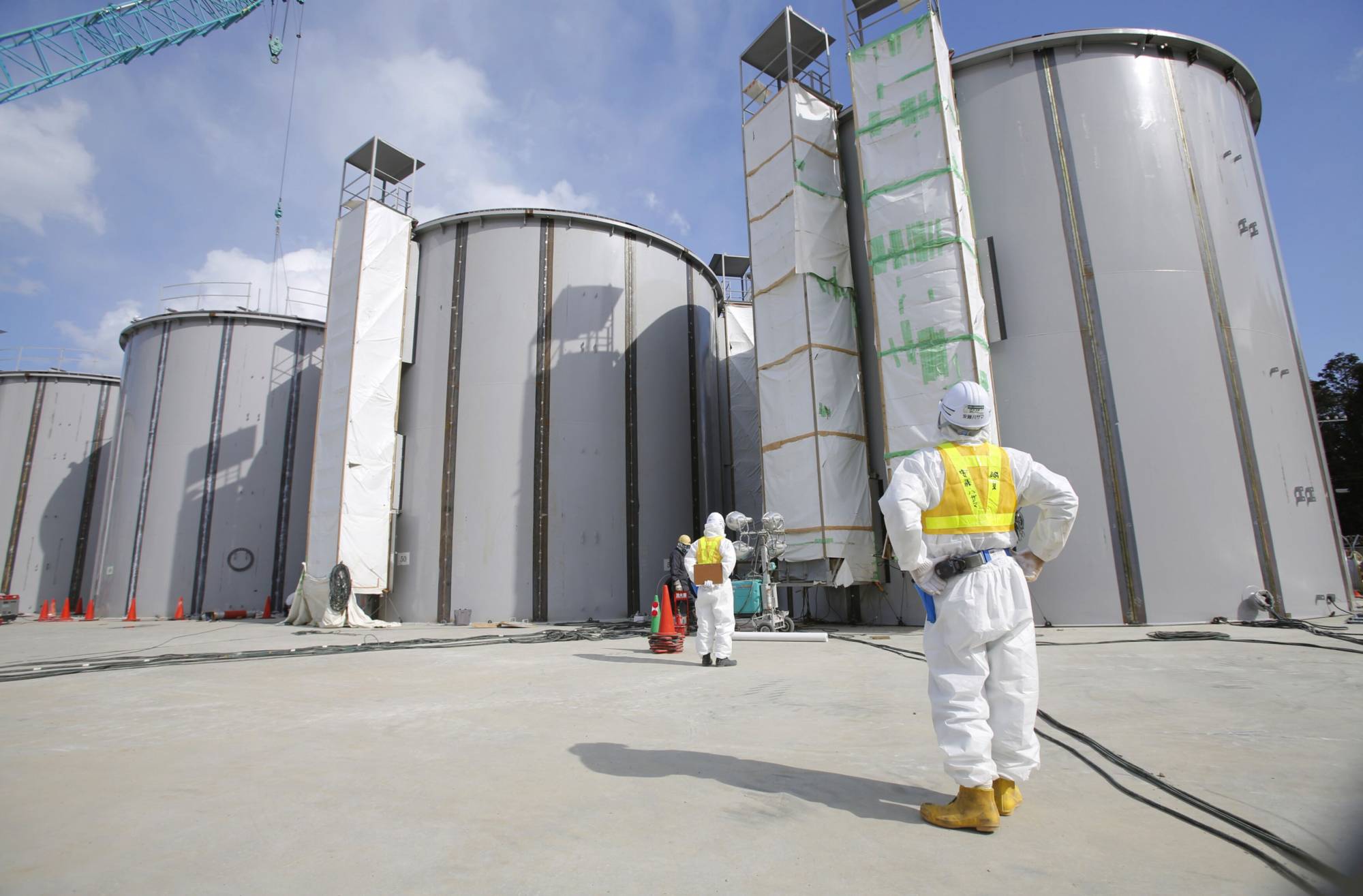More than 12 years after the disaster that closed Japan’s Fukushima No. 1 nuclear power plant, the country will soon dispose of one of the most enduring legacies of the disaster.
Some 1.3 million metric tons of water, most of it used to cool the radioactive material at the core of the plant, will be filtered and cleaned up before being pumped slowly to sea once a 1-kilometer (0.6 mile) pipe is completed in the coming weeks. It may take decades to trickle out the water at a pace slow enough to keep radioactive concentrations at sufficiently low levels — but that hasn’t prevented bitter opposition from some of Japan’s Pacific neighbors.
"Continuing with ocean discharge plans at this time is simply inconceivable,” Henry Puna, secretary-general of the Pacific Islands Forum intergovernmental group, wrote earlier this year. "I fear that, if left unchecked, the region will once again be headed towards a major nuclear contamination disaster at the hands of others.” China has also condemned the plan, while South Korean nuclear experts will be doing their own monitoring of radiation levels.



